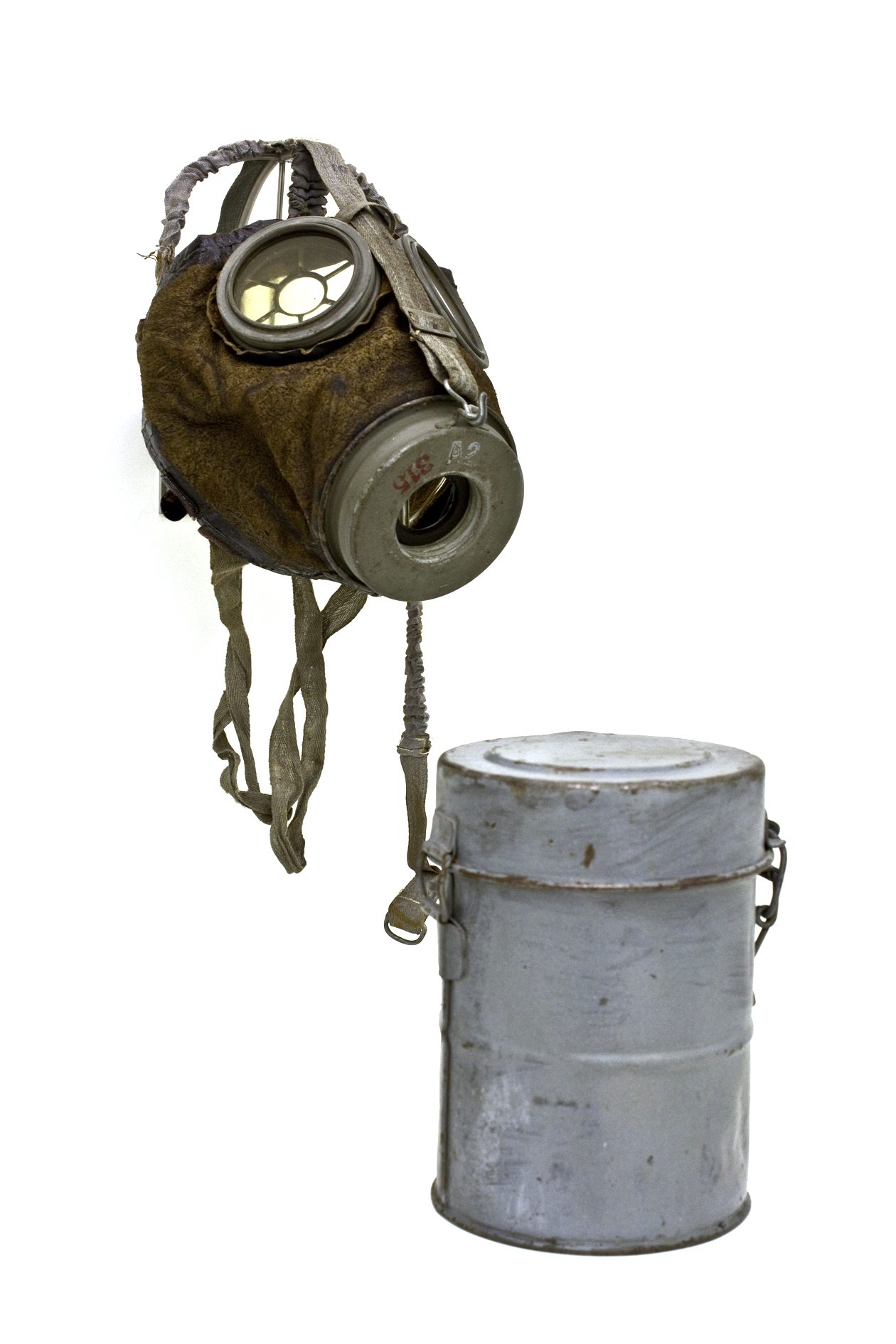

This mask belongs to the Museum's ethnography collection1. Many of the objects that make up the collection reached Europe because of scientific expeditions in Asia, America and Africa during the eighteenth and nineteenth centuries. Soldiers took part in many of these expeditions, and created collections of art, curios and exotic plants and animals from all over the world.
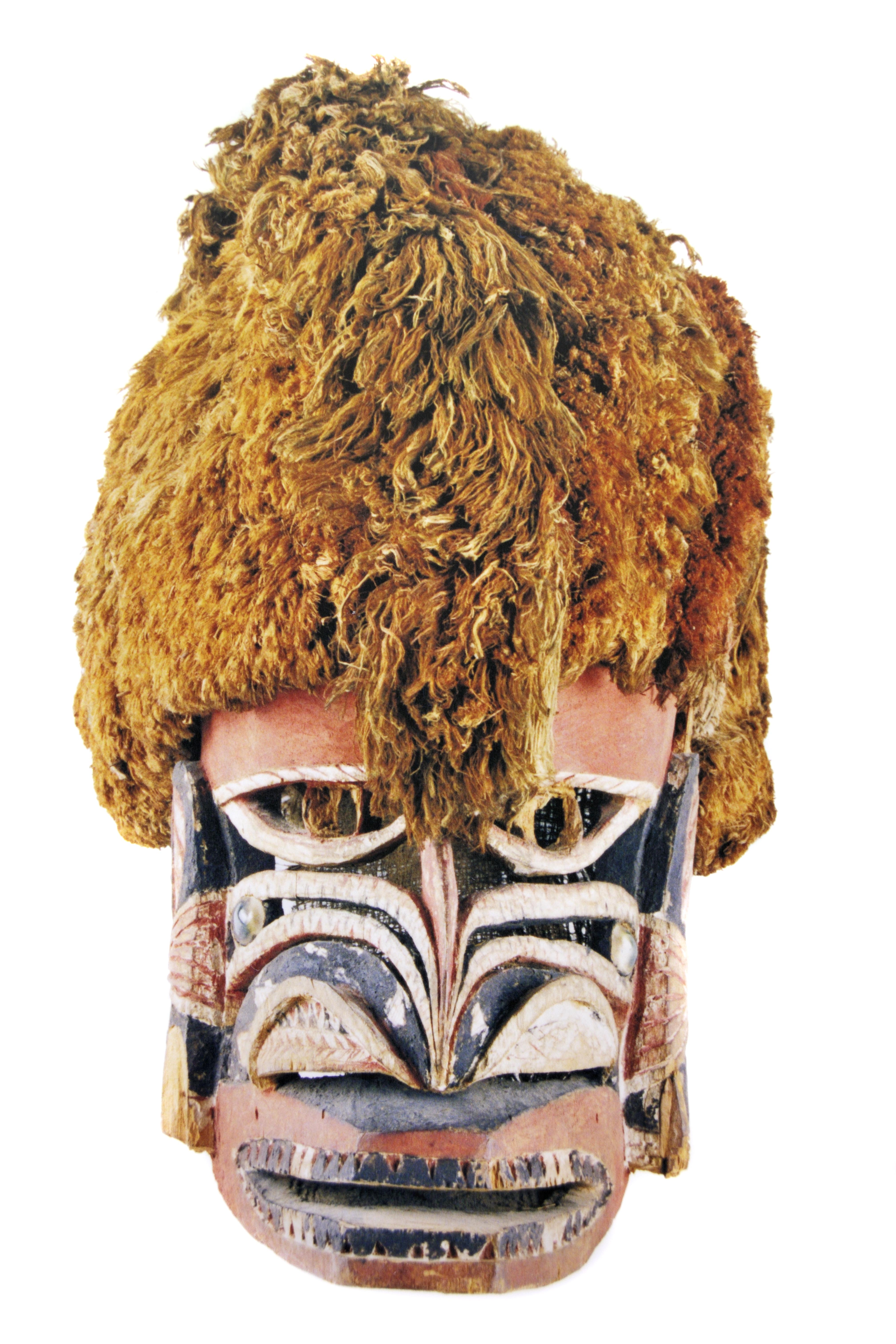
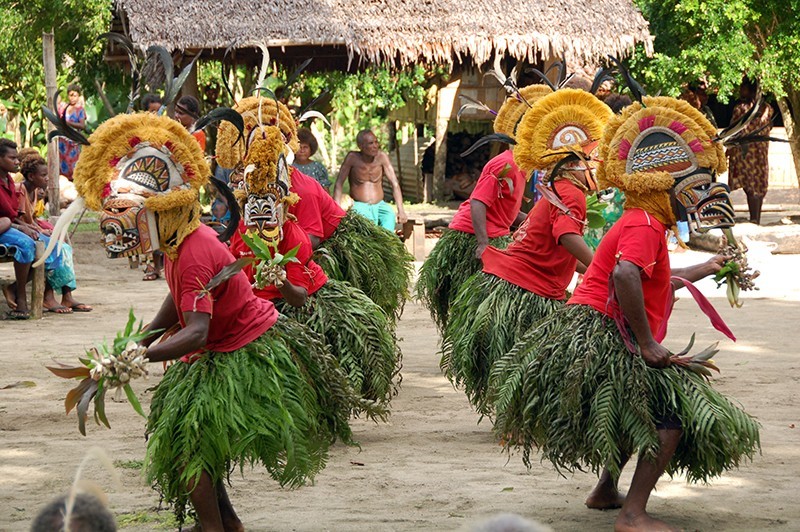
When you visit the museum, you can discover some of the more interesting parts of the Alcazar we have mentioned. What is called the Umayyad arch is from medieval times. It was built in the 10th century as one of the entrances to the fortress and connected the Alcazar to the Alcantara Bridge and Gate.
As well as the Tatanua masks, the Army Museum has other examples of ritual masks such as the malagan masks. These masks, together with painted sculptures, were at the centre of the malagan ceremonies, which were held in honour of the dead. The aim of these celebrations was to obtain the blessings and benefits of the ancestors to help the community get good harvests, among other things.

The ethnography collections contain a lot of pieces from Asia, Oceania and the Pacific Islands. Many of them are religious and ceremonial in nature, such as the Phur-bu daggers from Tibet or the Hoè oars from Polynesia.
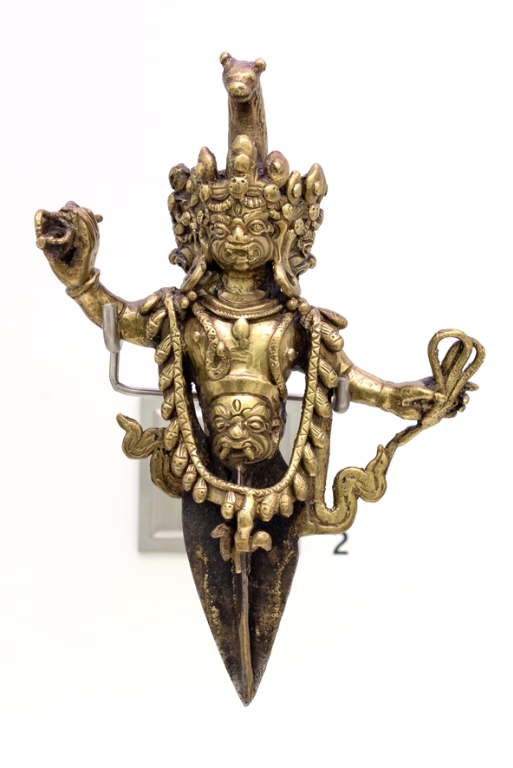
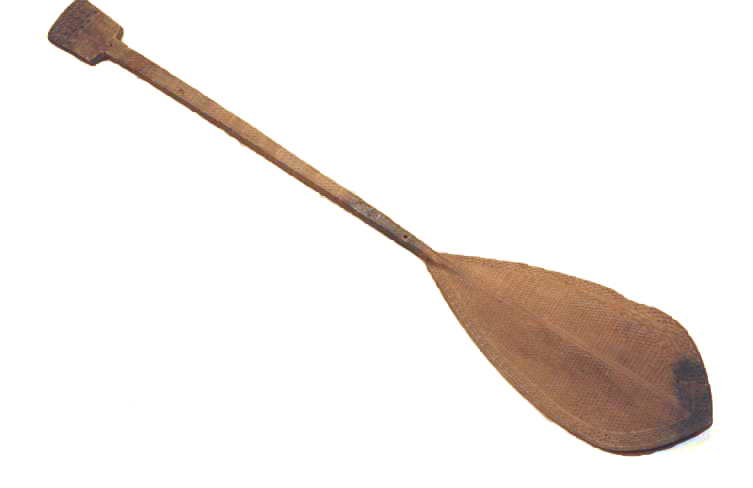
Samurai armour. The Museum has seven suits of armour belonging to samurai warriors in ancient Japan. An important part of this armour, which was used for war, is the head covering, which consisted of a helmet and a mask. These masks usually show a face with an angry or furious gesture to frighten the enemy.

Gas mask, 20th century. As well as the masks with religious and symbolic functions in the ethnography collection, the museum has other types of mask which had practical uses. This is a German gas mask, used between 1914 and 1918. It was used to protect the eyes, nose and mouth from dangerous gases during the First World War.
